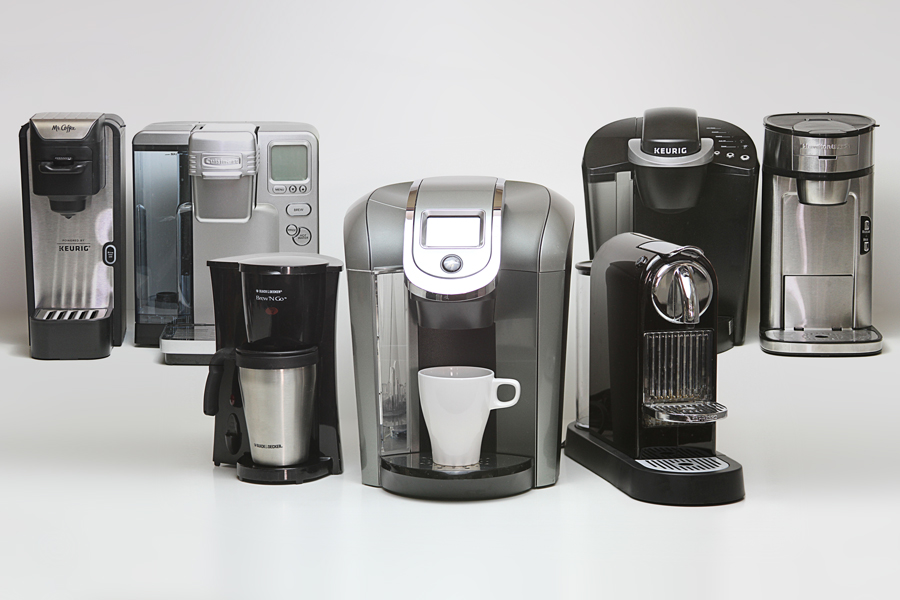
Percolators began to be developed from the mid-nineteenth century. In the United States, James H. Mason of Massachusetts patented an early percolator design in 1865. An Illinois farmer named Hanson Goodrich is generally credited with patenting the modern percolator. Goodrich's patent was granted on August 16, 1889, and his patent description varies little from the stovetop percolators sold today. With the percolator design, water is heated in a boiling pot with a removable lid, until the heated water is forced through a metal tube into a brew basket containing coffee. The extracted liquid drains from the brew basket, where it drips back into the pot. This process is continually repeated during the brewing cycle until the liquid passing repeatedly through the grounds is sufficiently steeped. A clear sight chamber in the form of a transparent knob on the lid of the percolator enables the user to judge when the coffee has reached the proper color and strength.
Domestic electrification simplified the operation of percolators by providing for a self-contained, electrically powered heating element that removed the need to use a stovetop burner. A critical element in the success of the electric coffee maker was the creation of safe and secure fuses and heating elements. In an article in House Furnishing Review, May 1915, Lewis Stephenson of Landers, Frary and Clark described a modular safety plug being used in his company's Universal appliances, and the advent of numerous patents and innovations in temperature control and circuit breakers provided for the success of many new percolator and vacuum models. While early percolators had utilized all-glass construction (prized for maintaining purity of flavor), most percolators made from the 1930s were constructed of metal, especially aluminum and nickel-plated copper.